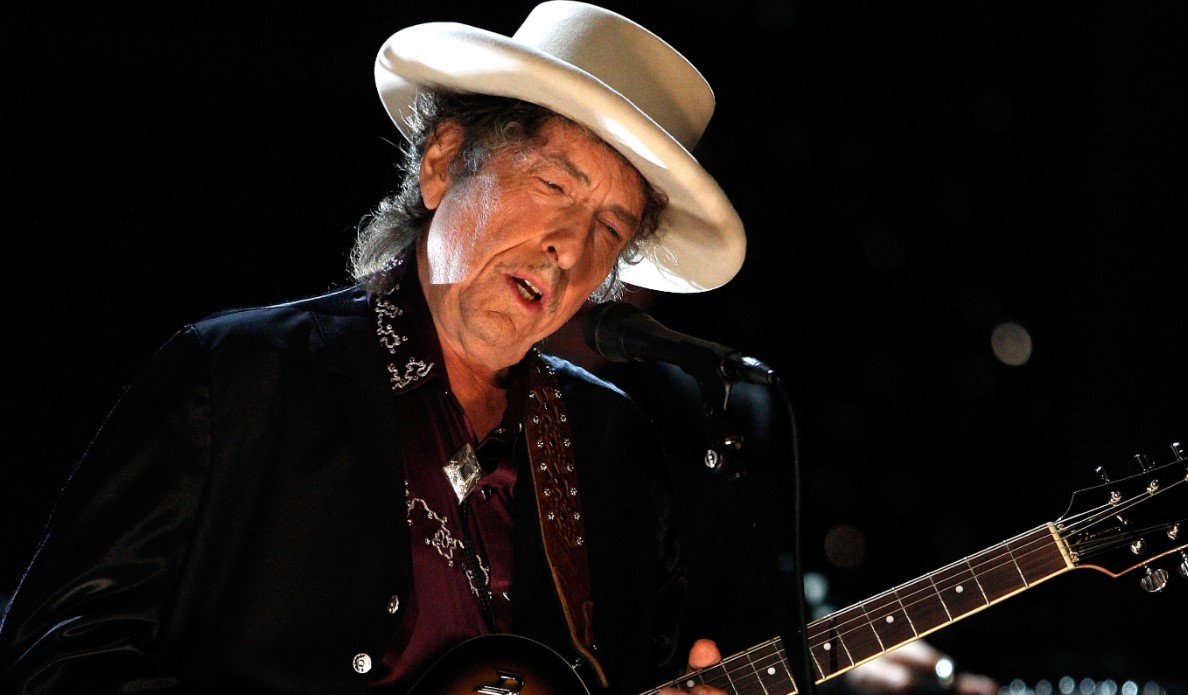
Bob Dylan: 9 Ways to Contact Them (Phone Number, Email, House address, Social media profiles)
Bob Dylan: Ways to Contact or Text Bob Dylan (Phone Number, Email, Fanmail address, Social profiles) in 2023- Are you looking for Bob Dylan 2023 Contact details like his Phone number, Email Id, WhatsApp number, or Social media account information that you have reached on the perfect page.
We are attempting to answer many of the most frequently asked questions by Bob Dylan fans, and a large percentage of them are related to contact information. There is a lot of information about Bob Dylan’s Fan Mail Address, Autograph Request Address, Phone Number, Email Address, and more details that you can learn about in the following sections of this article.
Bob Dylan Biography and Career:
Also Checkout: How to Contact Brody Jenner: Phone Number, Email Address, Fan Mail Address, and Autograph Request Address
Bob Dylan, a pivotal figure in American folk and pop music, is more than simply a singer and composer; he is a cultural institution. Because of his lengthy and fruitful career that spans more than half a century, Bob Dylan is one of the most well-liked musicians in the history of music enthusiasts. So, this might be why he refuses to connect his identity to a specific period in anybody else’s artistic history.
When he joined the folk music scene for the first time in the 1960s, he wasn’t only concerned with producing pleasant and lively music; he also wanted to utilize the words of his songs to raise awareness about social and political concerns. This was one of his goals. He was a rebel who defied the norms of popular music in its historical context by refusing to play by the established guidelines. Instead, he explored other approaches to his compositions and lyrics, which resulted in a transformation of both pop and folk music.
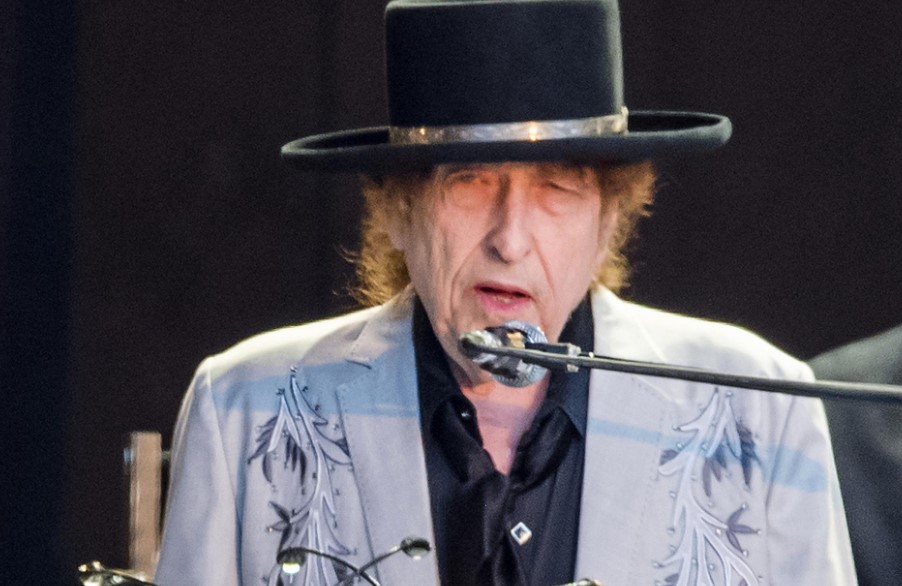
Rock & roll music is included in his works, in addition to blues, country, gospel, and folk styles of music. The multi-talented musician is particularly skilled at playing the guitar, but in addition to that, he is also able to play the keyboards, the harmonica, and several other instruments. Although he is a gifted vocalist, his most significant contribution to music has been as a lyricist. Most of his songs are focused on issues that the everyday individual faces, whether social, political, or philosophical.
The skilled guitarist is also a painter, and his work can be seen displayed in several renowned art galleries worldwide. Robert Allen Zimmerman was the son of Abram Zimmerman and Beatrice Stone. He was raised in a tight-knit Jewish community in Minnesota, where he was born. His parents were Abram Zimmerman and Beatrice Stone. Since he was a little boy, he’d always had a thing for music and would sit there and tune in to the radio for hours on end.
He attended high school in Hibbing, Minnesota, where he was a member of a few different bands throughout his time there. It was in 1959 that he decided to enrol at the University of Minnesota. He started performing music in neighborhood coffeehouses while still a student and was a significant figure in the Dinkytown folk scene. When he started playing, instead of using his actual name, he went by the stage name “Bob Dylan.” After deciding not to continue his education and withdrawing from college in 1960, he moved to New York City the following year to pursue a career in music. He began his career in music by performing in pubs and getting a feel for the local culture.
In 1962, Bob Dylan published his first album under his own name, which was also the album’s title. In addition to more conventional Americana music, it included two original songs by Dylan. I think the record did not fare very well in the marketplace. The following year, he released ‘The Freewheelin’ Bob Dylan,’ which became an enormous hit in both the United States and the United Kingdom. The vocalist became a well-known figure in the music business thanks in large part to the success of this album, which included a diverse range of songs, including love ballads, blues, and protest songs, all of which had socially conscious undertones.
In the 1960s, he rose to notoriety thanks to his songwriting and singing abilities, and he eventually became a well-known figure. At this time, his engagement in the fight for civil rights became much more significant. In 1965, he achieved the number-one spot on the singles chart in the United Kingdom with the song “Like a Rolling Stone.” In the 1970s, he appeared on the big screen in the Western film “Pat Garrett and Billy the Kid.” In addition, he composed and performed several of the movie’s songs. Conversely, the movie was a commercial bomb and did not do well at the box office.
In 1978, he began a worldwide tour that would continue for one year, including an eight-piece band and three support vocalists. He performed 114 times worldwide, including in Japan, Europe, and the United States. This tour alone brought in over $20 million for him. In the 1980s, he started appearing on tour and collaborating with various artists and bands. In 1986 and 1987, he was a member of Tom Petty and the Heartbreakers and went on several tours with them. During this period, he released some of his most well-known albums, including “Infidels,” “Knocked Out Loaded,” and “Oh Mercy” (1989).
During the 1990s, he continued to perform music even though he was no longer considered a significant artist. It surprised many people when he released the album “Time Out of Mind,” which went on to win three Grammy Awards in 1997, including the award for Album of the Year. Well into the new century, the prolific singer continued to release albums, go on tour, and put on theatrical shows, despite the fact that he was already in his sixties. He has always had a passion for music, and his interest in it is as strong as ever. The year 2012 saw the release of his album titled “Tempest.” The album ‘Blonde on Blonde’ was one of his first significant commercial triumphs.
Blood on the Tracks, released in 1975, is considered one of his finest albums. It hit number one on the Billboard 200 chart in the United States, and Rolling Stone magazine has ranked it among the top 500 albums of all time. When it was released in 1979, ‘Slow Train Coming’ was already the most popular record in Australia. In this album, various topics were tackled, including the musician’s recently acquired Christian faith and the significance of Christian philosophy. It was awarded the platinum certification in both the United States of America and Canada. Bob Dylan is a well-known artist who has received many honors for his work.
The most recent of his 11 Grammy Awards was given to him in 2007 for the song “Someday Baby,” which won the “Best Solo Rock Vocal Performance.” The song ‘Things Have Changed,’ which was included in the film ‘Wonder Boys,’ was considered for an Oscar nomination in the category of Best Original Song in the year 2000. His marriage to Sara Lownds occurred in 1965, and they had four children together. Also, he took in Maria, who was Sara’s daughter from a previous relationship. In 1977, the couple decided to end their marriage.
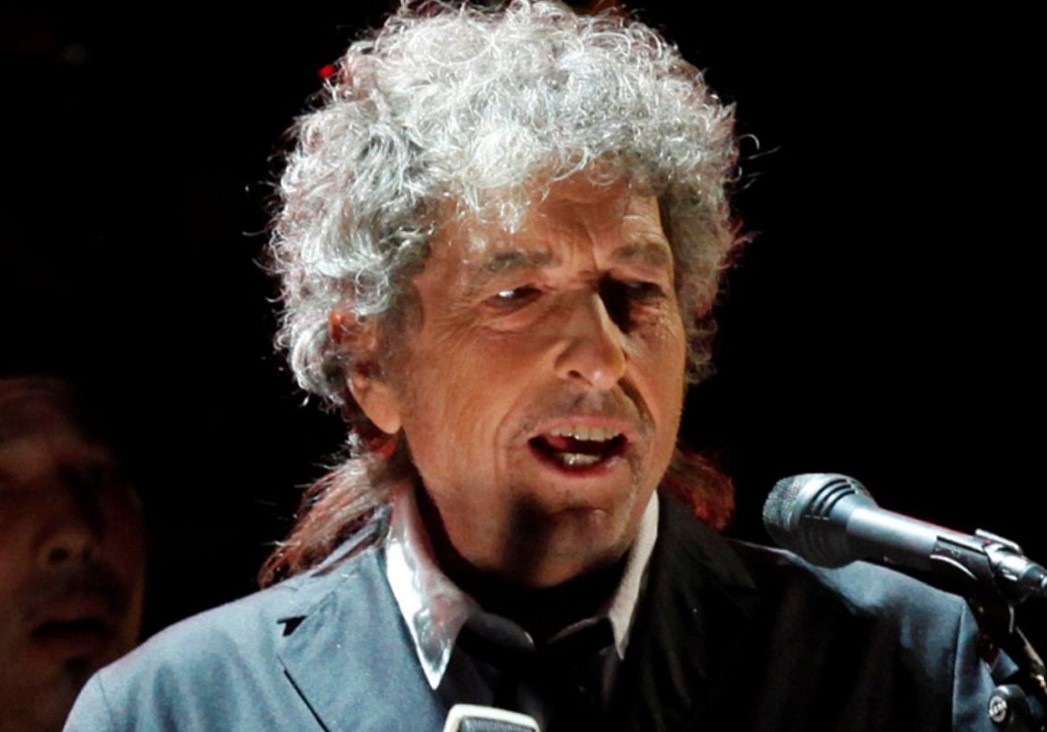
Throughout his marriage to the singer Carolyn Dennis, at which time they were also parents to a kid together, he became a father. In 1986, he wed Carolyn and became a married man. This couple finalised their separation in 1992. It is impossible to exaggerate the significance of Bob Dylan’s contribution to popular music. Over his career, he pioneered a range of genres in pop songs, ranging from confessional singer-songwriter tales to convoluted, psychedelic, and stream-of-consciousness narratives. He also pioneered the use of stream-of-consciousness records. Because to him, the role of the vocalist in popular music was given a new definition as he demolished the notion that a singer needed a traditionally excellent voice to perform.
As a musician, two genres that most influenced him were country rock and elected folk rock. In addition, he has done much more, and this is just the beginning. During the 1960s, when Dylan was at the pinnacle of his success, he had a tremendous influence on the songwriting of the Beatles, which would not have been possible without him. Yet his impact was felt for many decades after that, as many of Dylan’s songs became popular standards, and his finest albums became indisputable masterpieces in the rock and roll canon.
Similarly, Bob Dylan had a significant impact on folk music, and the release of his work represents a turning point in the genre’s development during the 20th century. This turning point indicates when folk music began to move away from traditional tunes and towards the composition of original songs. Dylan’s popularity did not decrease even in the 1980s and 1990s, and his reappearance in the 2000s demonstrated that he still had to maintain his position as an influential figure.
Dylan’s childhood was not particularly extravagant for someone of his influence. Bob Dylan was born Robert Allen Zimmerman on May 24, 1941, in Duluth, Minnesota. He spent his childhood in Hibbing, Minnesota, moving there when he was six. He started playing the guitar and harmonica in rock and roll bands when he was a youngster, and by the time he was a teenager, he had founded his band called the Golden Chords. After receiving his diploma from high school in 1959, he went on to seek an education in the field of art by enrolling at the University of Minnesota in Minneapolis.
While Bob Dylan was still in college and just started playing folk music in local coffeehouses, the poet Dylan Thomas gave him the stage name Bob Dylan. Dylan was already significantly affected by Hank Williams and Woody Guthrie when he was a youngster, but it wasn’t until he was in college that he found the blues, and it quickly became one of the most important influences on his music. Denver blues singer Jesse Fuller inspired the distinctive harmonica rack and guitar. Fuller is also the inspiration for the songwriter’s name.
They started hanging out together throughout the summer of 1960. When the musician returned to Minneapolis in the autumn, he had made tremendous strides in his performance ability since leaving the city. Dylan came to New York City in January 1961 and almost immediately made an impression on the folk culture in the Greenwich Village neighborhood. He began making trips to the hospital to see his idol, Woody Guthrie, who was suffering from Huntington’s chorea and was nearing the end of his life.
Dylan also started performing in coffeehouses, where he acquired a loyal following due to the abrasive nature of his attitude and the music he played. He performed at Gerde’s Folk City in April, and John Lee Hooker was his opening act. Five months later, Dylan played another gig at the location, and this time, the performance was lauded by the reviewer Robert Shelton of the New York Times. After reading the article, the A&R executive at Columbia Records, John Hammond, went looking for Dylan and eventually signed him to a record contract in the autumn of 1961. Dylan’s first album was called Blood on the Tracks.
Hammond produced Dylan’s self-titled first album, released in March 1962. The album mainly included folk and blues classics, and Dylan contributed just two of his songs to the collection. In 1962, Dylan started writing many original songs, most of which were political protest songs in the vein of his Greenwich Village forebears.
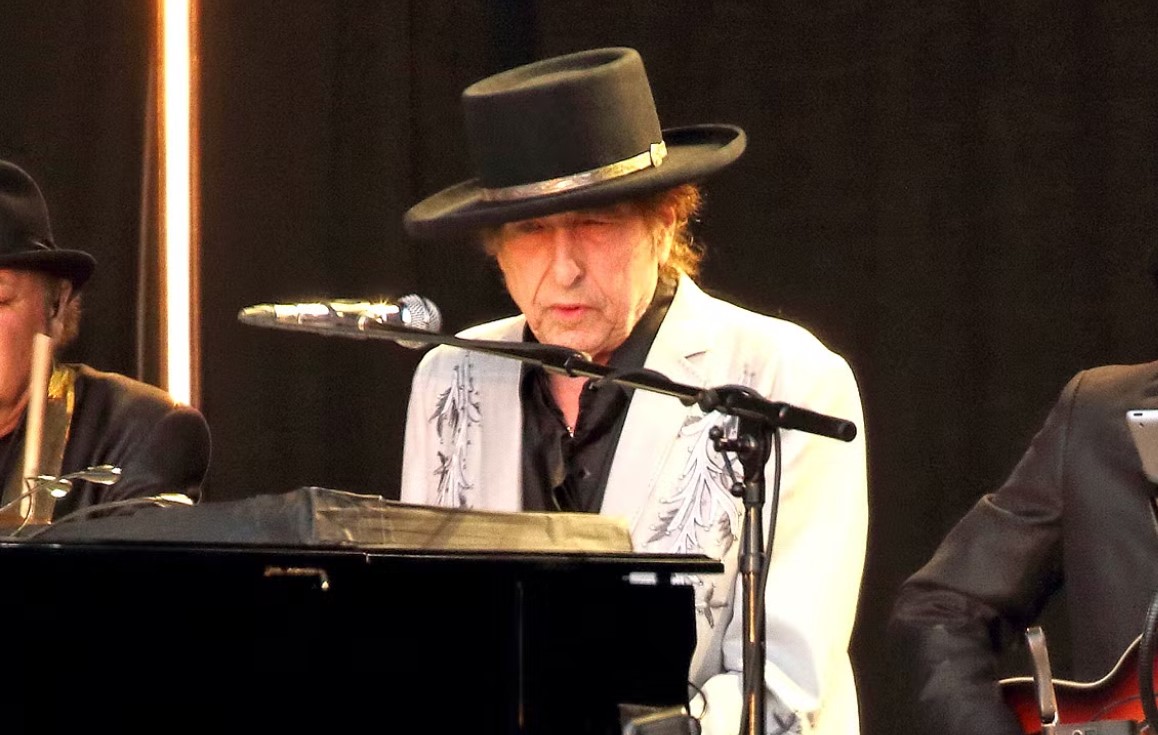
These songs were featured on Bob Dylan’s second studio album, released in 1975. Before it was finally made available to the public, Freewheelin’ underwent many different versions. Despite this, Albert Grossman made sure that Dylan’s rock and roll hit “Mixed Up Confusion” was removed from the album so that he could portray himself as more of an acoustic folkie. Similarly, some songs from Freewheelin’ that included a full backing band were removed before the album’s release. When the CD was made available for purchase, some songs, including “Talking John Birch Society Blues,” were removed.
Dylan came to New York City in January 1961 and almost immediately made an impression on the folk culture in the Greenwich Village neighborhood. He began making trips to the hospital to see his idol, Woody Guthrie, who was suffering from Huntington’s chorea and was nearing the end of his life. Dylan also started performing in coffeehouses, where he acquired a loyal following due to the abrasive nature of his attitude and the music he played.
He performed at Gerde’s Folk City in April, and John Lee Hooker was his opening act. Five months later, Dylan played another gig at the location, and this time, the performance was lauded by the reviewer Robert Shelton of the New York Times. After reading the article, the A&R executive at Columbia Records, John Hammond, went looking for Dylan and eventually signed him to a record contract in the autumn of 1961. Dylan’s first album was called Blood on the Tracks.
Jimi Hammond produced Bob Dylan’s self-titled first album, released in March 1962. The album mostly comprised cover versions of folk and blues songs from the period. In 1962, Dylan wrote several of his first original works, many of which were political protest songs in the vein of his Greenwich Village contemporaries. In 1962, Dylan started composing a significant amount of new stuff.
Dylan’s second album, The Freewheelin’ Bob Dylan, included several of these songs. Before it was made available to the public, Freewheelin’ underwent many different versions. Dylan’s rock and roll single from the end of 1962, titled “Mixed Up Confusion,” was destroyed by Dylan’s manager Albert Grossman so that the singer-songwriter could be marketed as an acoustic folkie. The single was recorded at the end of 1962. Similarly, some songs from Freewheelin’ that included a full backing band were removed before the album’s release. When the CD was made available for purchase, some songs, including “Talking John Birch Society Blues,” were removed.
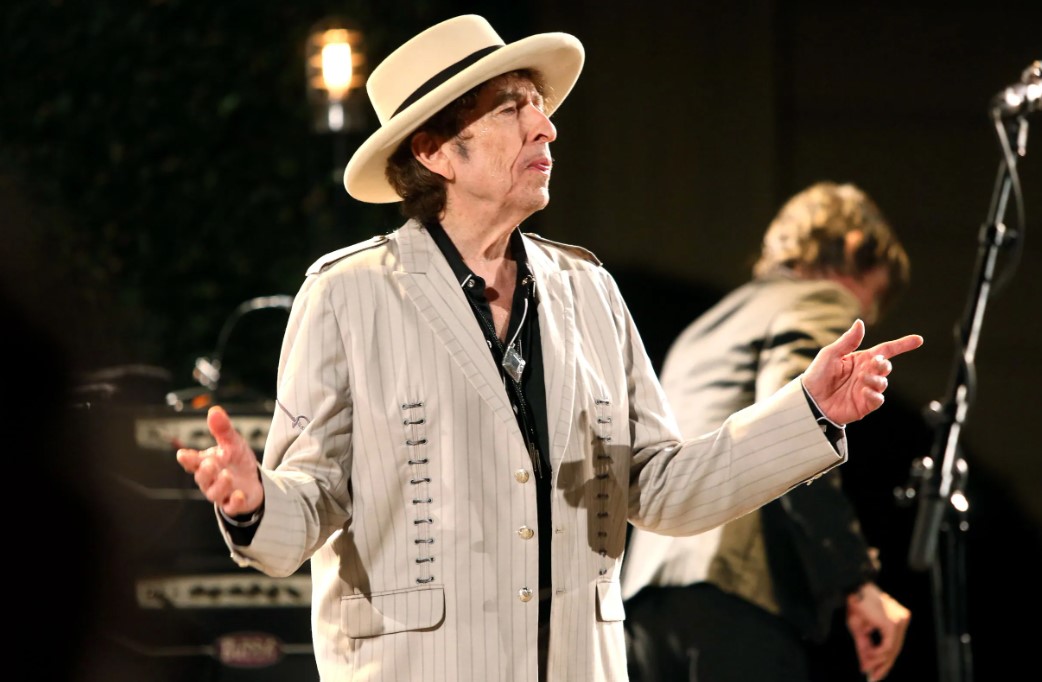
Autograph Request Address of Bob Dylan
Requesting a signature from Bob Dylan is becoming one of the most popular choices for fans who are hectic and locked in their daily normal routines. If you want Bob Dylan’s signature, you may write him an autograph request letter and mail it to his office address.
Autograph Request Address:
If you anticipate a speedy answer, include a self-addressed, sealed envelope. Include a photo of Bob Dylan in your autograph request letter if you want a signature on his photo. A response from a celebrity’s office usually takes a couple of weeks, so be patient.
Bob Dylan Profile-
- Full Name– Bob Dylan
- Birth Sign- Gemini
- Date of Birth– 24 May 1941
- State and Country of Birth– Duluth, Minnesota, United States
- Age -81 years (As 0f 2023)
- Parents– Father: Abram Zimmerman, Mother: Beatty Zimmerman
- Cousins– NA
- Height– 1.69 m
- Occupation– Singer-songwriter
Bob Dylan Phone Number, Email, Contact Information, House Address, and Social Profiles:
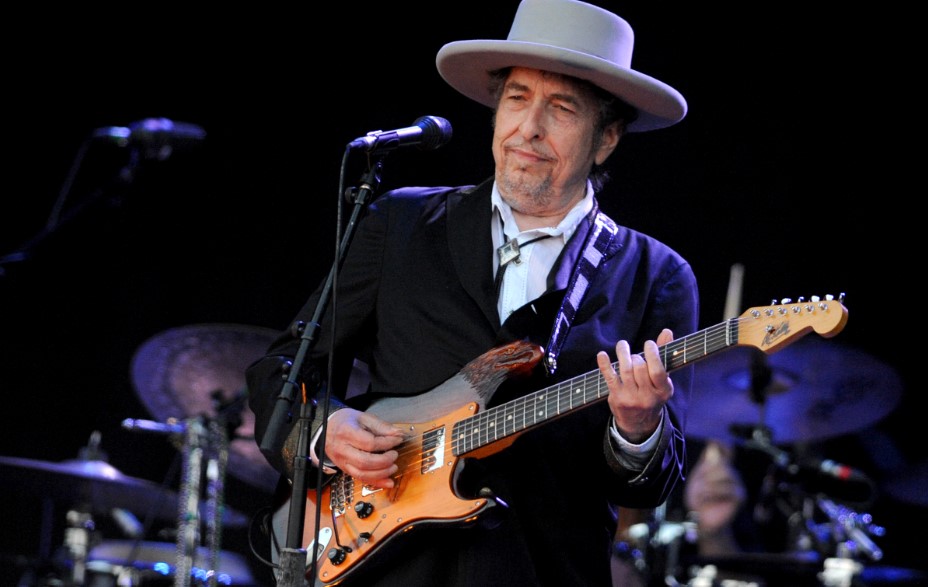
Ways to Contact Bob Dylan:
1. Facebook Page: https://www.facebook.com/bobdylan
Bob Dylan has a Facebook account where he publishes his pictures and videos. The above-mentioned URL will take you to his profile. It has been verified, and we can certify that it is a 100% accurate profile of Bob Dylan. You may contact him on Fb, which you can find by clicking the link here.
2. YouTube Channel: https://www.youtube.com/user/BobDylanTV
Bob Dylan has his own channel on youtube, where he uploaded his videos for his followers to watch. He has also earned a million subscribers and thousands of views. Anyone interested in seeing his uploads and videos may utilize the account URL provided above.
3. Instagram Profile: https://www.instagram.com/bobdylan
Bob Dylan even has an Instagram account, in which he has over a thousand followers and gets over 100k likes per posting. If you would like to view his most recent Instagram pics, click on the link above.
4. Twitter: https://twitter.com/bobdylan
As of yet, Bob Dylan has gained a large number of followers on his Twitter account. Click on the link above if you’re willing to tweet it. The link above is the only way to get in touch with him on Twitter.
5. Phone number: (212) 698-7541
Bob Dylan’s many phone numbers have been released on Google and the internet, but none of them truly function. However, we’ll let you know as soon as we’ve located an exact number.
6. Fan Mail Address:
Bob Dylan
Simon & Schuster
1230 Avenue of the Americas
New York, NY 10020
USA
7. Email id: BOBDYLAN@EPICRIGHTS.COM
8. Website URL: NA
Also Checkout: How to Contact Brody Jenner: Phone Number, Email Address, Fan Mail Address, and Autograph Request Address
